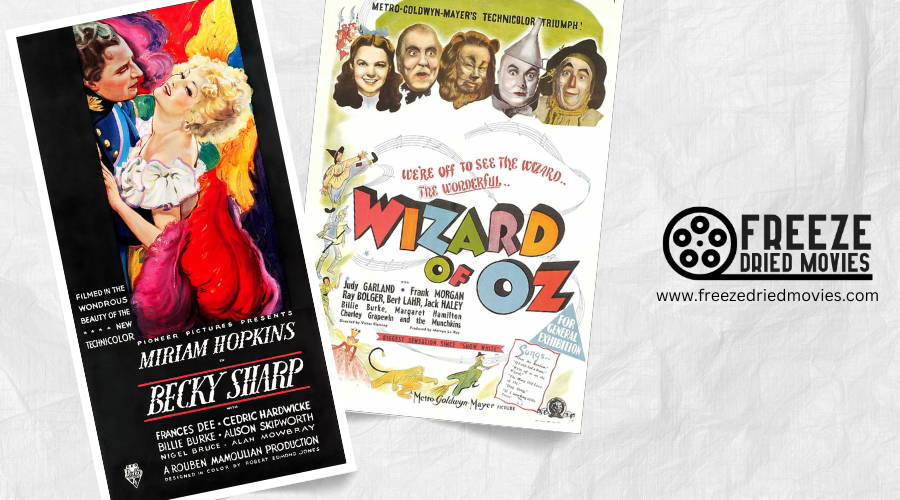Palme D’Or Prestige: What Makes Cannes’ Top Prize the Crown Jewel of Filmmaking?

The Palme d'Or stands as cinema's supreme achievement, combining artistic prestige with tangible benefits. You'll find this 18-carat gold trophy represents 70 hours of Chopard craftsmanship and 80+ years of film history. Winners like Campion, Welles, and Bong Joon-ho saw their careers transformed, gaining expanded distribution, funding opportunities, and permanent places in film canon. The award's combination of artistic validation and practical industry advantages makes it truly unmatched.
Key Takeaways
- The Palme d'Or represents the highest artistic achievement in cinema, honoring revolutionary filmmaking that pushes boundaries while maintaining emotional resonance.
- With 70 hours of craftsmanship using Fairmined gold, the trophy itself embodies excellence and ethical standards in filmmaking.
- Winning transforms a director's career, opening doors to funding, wider distribution, and permanent recognition in film history.
- The award's prestige comes from honoring legendary filmmakers like Fellini, Welles, and Campion who redefined cinematic language.
- Unlike commercial awards, Cannes jurors prioritize innovation, cultural significance, technical mastery, and complete artistic achievement.
The Evolution of Cinema's Most Coveted Trophy (1939-Present)
While many film awards exist worldwide, none carries quite the prestige of Cannes' top honor. The Palme d'Or has undergone remarkable transformation since its inception as the Grand Prix du Festival International du Film.
After a wartime hiatus (1940-1946), the award was officially renamed in 1955, with Delbert Mann's "Marty" being its first recipient.
The prestigious Palme d'Or emerged from post-war cinema in 1955, with "Marty" marking the dawn of a new cinematic era.
You'll notice the trophy's physical evolution mirrors its growing significance—transformed into a pyramidal design in 1984 and reimagined in hand-cut crystal by Thierry de Bourqueney in 1992. Since 1998, Chopard has crafted this symbol of cinematic excellence using Fairmined gold, emphasizing sustainable luxury.
The award has honored legendary directors like Roberto Rossellini, Orson Welles, Federico Fellini, Martin Scorsese, and Jane Campion—the first female winner—cementing its status as filmmaking's crown jewel.
Quentin Tarantino's Pulp Fiction created an international sensation when it premiered at Cannes in 1994, changing how films are made with its unconventional storytelling and postmodern style.
Craftsmanship Behind the Golden Palm: From Design to Sustainable Production
Beyond the prestige of winning, the physical Palme d'Or represents an extraordinary feat of craftsmanship that few festival attendees ever fully appreciate. You're looking at 70 hours of meticulous artistry in Chopard's workshops, where each trophy begins as a stem with 19 regulation leaves individually sculpted in blue jewelry wax.
The process transforms when artisans pour 18-carat gold—a precise blend of 75% pure gold and 25% silver—into the prepared mold. What emerges isn't just a symbol but a sustainable masterpiece. Since 2014, Chopard has used only Fairmined gold with fair trade certification, ensuring ethical practices.
The finished Palme rests atop a crystal cushion designed to resemble an emerald-cut diamond, all housed within a royal blue Moroccan leather case worthy of cinema's highest honor.
Like its 1960s winners that emphasized social realism and challenged traditional cinema, today's Palme d'Or continues to represent the pinnacle of artistic innovation and cultural impact.
Career-Defining Moments: Landmark Palme D'or Winners Through the Decades
Throughout cinematic history, few accolades have transformed careers and elevated films to legendary status quite like the Palme d'Or. The Cannes Film Festival's top honor has shaped the landscape of international cinema since 1955's "Marty," launching directors into the pantheon of filmmaking legends.
- Jane Campion broke the glass ceiling in 1993 when "The Piano" made her the first woman to claim the prestigious Best Film award.
- Ken Loach joined an elite club of two-time winners with "The Wind That Shakes the Barley" (2006) and "I, Daniel Blake" (2016).
- Orson Welles' 1962 win for "The Trial" cemented his already towering reputation.
- Bong Joon-ho's "Parasite" leveraged its Palme d'Or victory into unprecedented Oscar success, becoming the first non-English Best Picture winner.
The 1959 winner Black Orpheus brilliantly reimagined Greek mythology against the vibrant backdrop of Rio's carnival and favelas.
Beyond the Award: How the Palme D'or Transforms Film Distribution and Legacy
What happens to a film after it claims cinema's most coveted trophy? When a director's work wins the Palme d'Or, its journey is just beginning. Distributors who previously hesitated now compete fiercely for rights, knowing the golden palm signifies cinematic brilliance worth backing.
Films from the Official Competition that secure this honor often see their theatrical releases expand from limited arthouse venues to mainstream theaters. You'll notice how winning the Palme d'Or transforms a film's marketing—suddenly emblazoned with the prestigious palm symbol that connects it to the rich history of the Festival.
Beyond immediate distribution advantages, the best feature film winner joins an exclusive legacy. Directors find doors opening to funding for future projects, while their Palme-winning work becomes enshrined in film studies programs and retrospectives for generations. Even filmmakers like Roger Corman, who revolutionized low-budget filmmaking by prioritizing compelling storytelling over expensive production values, recognize the Palme d'Or's unparalleled industry significance.
The Artistic Significance: What Cannes Jurors Look for in a Palme-Worthy Film
The Palme d'Or represents more than just industry influence—it embodies specific artistic values that have remained remarkably consistent through decades of changing jury presidents and members. When you examine the patterns in Cannes' highest honor, you'll notice jurors consistently reward films that challenge conventional storytelling while maintaining artistic integrity.
What elevates a film to Palme-worthy status:
- Innovation in cinematic language - Films that push boundaries without sacrificing coherence
- Cultural significance - Work that addresses contemporary issues with depth and nuance
- Technical mastery - Exceptional direction that elevates content beyond mere storytelling
- Emotional resonance - The ability to create lasting impact without manipulation
Unlike the Grand Prix or Best Director awards, winning the Palme d'Or signifies a complete artistic achievement that festival jurors believe represents cinema at its most pivotal and transformative.
karel leermans, Palmed'or, CC BY-SA 4.0




